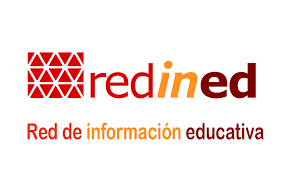Step 3. Decision: peer review
Submissions received will be reviewed by at least two external experts. The double blind method is used (authors and referees are anonymous). The editor is responsible for establishing contact between them.
The referees are external and independent of the journal. They are chosen by the editorial team to decide whether submissions are suitable for publication and, where necessary, to suggest appropriate modifications.
The results of the review can be:
1. Acceptance of the article.
2. Acceptance subject to major revisions.
3. Acceptance only with the suggested changes.
4. Not suitable for publication.
The basic criteria for evaluating the articles are: intellectual, scientific and methodological rigour; degree of internal coherence; appropriateness, topicality and interest of subject matter; originality and/or novelty of content; clarity and order of exposition and literary quality.
If the referees do not agree on a verdict, we will resolve this by seeking the opinion of a third referee.
If we reject your article, we will provide reasons for this decision.
We will email these reports to the author. We will only send them by post if the authors require acceptance on paper.
We will notify the author of the outcome, whatever it is, and will provide a copy of the reasoned justification provided by each referee.
Referees must undertake to comply with the periods the journal establishes and to notify it urgently if they believe they will not meet the specified deadline. A period of 15 days is generally offered for reviewing the work.
We accept 77.28% of articles submitted and reject 22.72% (these figures might vary according to the year when the submission was undertaken).







